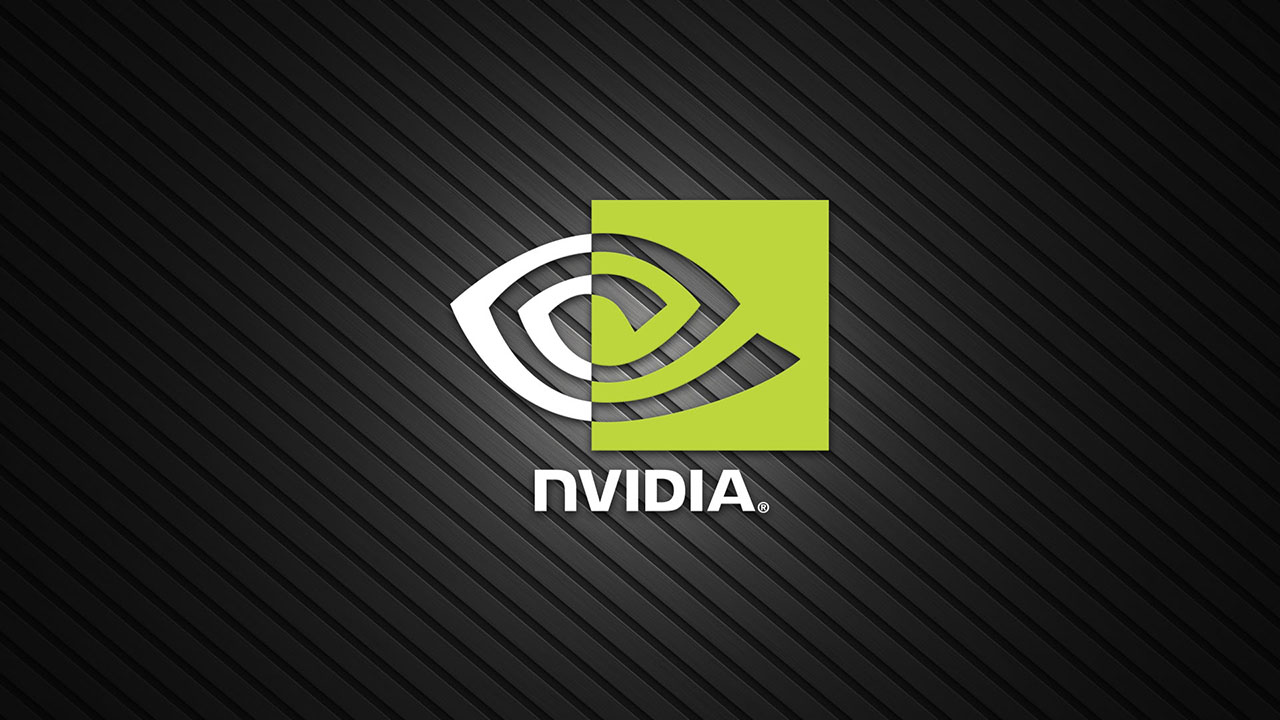
GeForce GTX 1650 and GTX 1060 are two GPU models from Nvidia. Video cards promise to offer good performance for Full HD games, being some of the most popular components among gamers, according to data from Steam. Found in the Botswana market for prices starting at P3,500, they offer good features and a volume of VRAM that should still be enough to face modern games at intermediate graphics levels — despite being two cards that don’t require such a high investment.
As they already have a certain time on the market, both the GTX 1060 and the GTX 1650 appear in options from different manufacturers, such as Asus, Gigabyte, MSI and others, with versions that have different cooling systems and designs. Below, WebCoBW presents more information that can help you decide between entry-level and mid-range Nvidia cards.
Specifications
The cards count relatively similar numbers, but without a doubt, the GTX 1650 offers a greater balance in its specs — which does not mean that it is ahead of the GTX 1060 in terms of performance. If the GTX 1060 offers higher clocks and more CUDA cores, on the other hand, the GTX 1650 has more advanced RAM technology.
With versions between 3 and 6 GB GDDR5, the GTX 1060 also has a 192-bit interface, while the GTX 1650, which has options with GDDR5 and GDDR6 memories with a density of 4 GB, appears in versions with 128 and 192-bit interfaces. bit. As it is a more modern card, the GTX 1650 tends to be more energy efficient.
Performance
The trend is for the GTX 1060 to offer more performance, as it is a mid-range GPU. The older card has higher clocks and more cores, which can lead to a performance gain, even in professional software that exploits the GPU’s resources more efficiently.
In general, according to tests from specialised sites, the average gain of the GTX 1060 in relation to the GTX 1650 is around 20% in games, and there are also titles in which the card can achieve even greater gains compared to the latest card.
Consumption
In terms of consumption, the advantage goes to the GTX 1650’s side. As it is a more recent card, and also because it is a model closer to what is found in entry-level models, it has lower energy requirements and TDP.
The difference becomes even more evident when we consider the recommended power sources (PSU). The GTX 1060, according to the manufacturer, requires a power supply of at least 400 W with an additional six-pin connector, while the GTX 1650 requires a power supply of only 300 W, without the need for complementary power.
Resources
The main differentiator of the GTX 1060 over the GTX 1650 is the support for virtual reality functionality. In other points, such as supported resolution, ports and connections and support for technologies such as G-Sync , the cards maintain some similarity.
Both GPUs are capable of using multiple displays, as well as offering the same maximum resolution. They, however, are two models that do not yet support technologies such as Ray Tracing.
Price and Availability
As it is a card that has been released for a longer time, the availability of the GTX 1060 is lower than that of the GTX 1650. Currently, the GTX 1060 appears in the Botswana market for prices starting at P3,650 at online retailers, but it is not a card that can be found easily.
Appearing in options from different manufacturers and with different versions, the GTX 1650, despite being an entry model, has appeared in the Botswana market for values from P3,950, being more common to find it for values close to P4,000.
Cost benefit
Even being an older card, the GTX 1060 seems to be a more suitable option for those looking for performance. As the cards have a similar cost, the GTX 1060 ends up being a more powerful card than the GTX 1650 and, therefore, more suitable for those who need to run heavier programs on the computer.
On the other hand, for those who want to save energy, the GTX 1650 is the right solution. It can make your PC consume much less, for a small loss in terms of performance compared to the GTX 1060.
Technical sheet GTX 1060 and GTX 1650
| Specifications | GTX 1060 | GTX 1650 |
| Launch | 2016 | 2019 |
| Current price | BWP 3,499 | BWP 3,650 |
| GPU clock | 1708 MHz | 1485 MHz |
| memory clock | 2002 MHz | 800 MHz |
| Memory | from 3 to 6 GB GDDR5 | 4 GB GDDR6 |
| VRAM interface | 192-bit | 128 or 192-bit |
| recommended font | 400 W | 300 W |
| complementary food | Yea | No |







